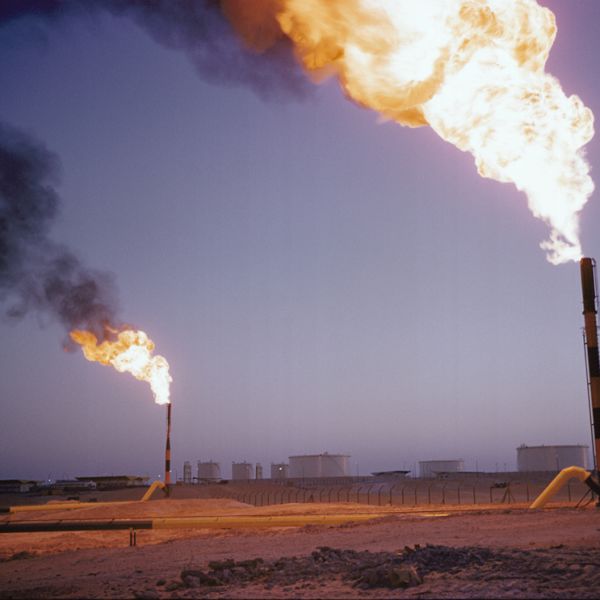As of early January 2025, European natural gas prices have been on a downward trend, largely due to a significant influx of liquefied natural gas (LNG) from the United States. U.S. LNG accounted for over 60% of the EU’s liquefied gas imports during this period, underscoring Europe’s shift away from Russian pipeline gas and its increasing reliance on American energy supplies.
Market Dynamics and Price Trends
The Dutch Title Transfer Facility (TTF) gas futures, a benchmark for European gas prices, have experienced a notable decline. In December 2024, TTF prices were approximately €45 per megawatt-hour (MWh). By early January 2025, they had fallen to around €35/MWh, reflecting a combination of mild winter temperatures, robust LNG imports, and high storage levels across Europe.
Factors Contributing to Price Decline
Several key factors have contributed to the recent decrease in European gas prices:
- Mild Weather Conditions: Unseasonably warm temperatures have led to reduced heating demand, easing pressure on gas supplies.
- High Storage Levels: European countries entered the winter season with gas storage facilities near full capacity, providing a buffer against potential supply disruptions.
- Increased LNG Imports: The substantial rise in LNG shipments, particularly from the U.S., has bolstered supply and enhanced market liquidity.
Shift from Russian Gas to U.S. LNG
Europe’s energy landscape has undergone a significant transformation, with a deliberate move away from Russian pipeline gas in response to geopolitical tensions and supply uncertainties. The increased reliance on U.S. LNG has been facilitated by the expansion of import infrastructure and long-term supply agreements. This strategic shift aims to enhance energy security and diversify supply sources.
Implications for the European Energy Market
The dominance of U.S. LNG in European imports has several implications:
- Price Volatility: While increased LNG imports have contributed to price declines, the global LNG market remains susceptible to volatility due to factors such as weather events, geopolitical developments, and competition from other regions.
- Infrastructure Investments: To accommodate rising LNG imports, European countries have invested in expanding regasification facilities and improving interconnectivity between national grids.
- Supply Chain Considerations: The reliance on transatlantic LNG shipments introduces complexities related to shipping logistics, contract negotiations, and potential supply chain disruptions.
Conclusion
The recent decline in European gas prices, driven by increased U.S. LNG imports, reflects the dynamic nature of the global energy market. As Europe continues to diversify its energy sources and reduce dependence on Russian gas, the interplay between supply, demand, and geopolitical factors will play a crucial role in shaping future market trends.





